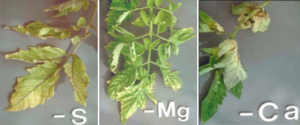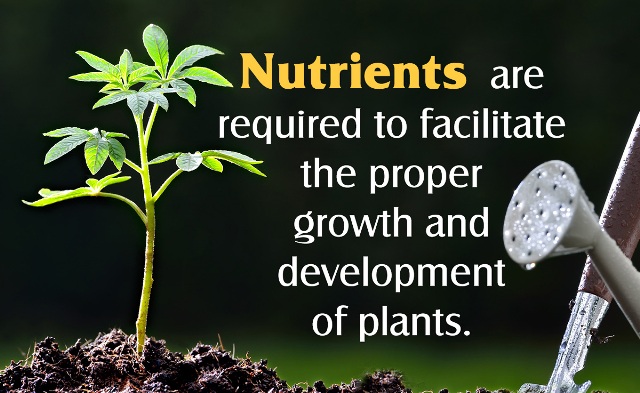Plants require some essential nutrients to grow and Calcium, Magnesium, Sulfur are some of those but they are considered as secondary nutrients because although plants consume these nutrients but in very small quantities. Apart from these nutrients plants consume some other nutrients in very large quantities such as boron and molybdenum. If we talk about Calcium, Magnesium and Sulfur they are found in adequate quantities in various types of soil. They help in balancing the favourable PH level and organic matter levels. It has been observed that Magnesium and calcium helps in increasing the soil level whereas sulfur WDG reduces the soil PH level. But all these nutrients are very much essential for proper growth of plants.
What are The Secondary Plant Nutrients

Calcium, Magnesium and Sulphur are called secondary nutrients as plants require them in smaller quantities as compared to nitrogen, phosphorus and potassium. There are many sulphur suppliers in India and farmers purchase many forms of sulphur as per the needs of the soil and their crops as sulphur is one of the major secondary plant nutrient
Let us discuss the use of these essential nutrients in detail.
Calcium – The main role of Calcium is to provide the structural support to the cell wall of plants. Calcium also plays the role of secondary messenger when a plant is biochemically stressed. Soil with an adequate amount of PH level is never found deficient in Calcium. There are several reasons due to which Calcium is lost from the soil such as:
- When soil is removed or due to some reason dissolved in drainage water.
- When it is removed by plants and in some cases absorbed by organisms living in soil.
If there is deficiency of calcium in soil below mentioned symptoms can be observed.
- Death at a growing point.
- Dark green foliage.
- Stunted plant growth
- Curling of the leaves
- Eventual death of the root tips.
Magnesium – Magnesium is also found in adequate quantities in all the types of soil except sandy soil basically found on the coastal regions. Magnesium is absorbed by the plants and is mobile in the plants as it moves from the older leaves to the younger leaves. Magnesium also plays a very vital role in photosynthesis. Magnesium actually acts as an activator which helps in the growth of the plant. The deficiency of magnesium in soil can lead to the following problems:
- Yellowing of leaves which is also called interveinal chlorosis that means yellowing of leaves with the veins remaining green.
- It can also affect the process of photosynthesis as magnesium is required for healthy leaves and healthy leaves helps in harnessing energy from the sun.
Magnesium can be used as fertilizer in the form of magnesium sulphate, sulphate of potash magnesia and magnesium oxide.
Sulfur – Sulphur is required in large quantities by most of the plants. It plays a very important role in protein synthesis and is an essential building block in chlorophyll development. Sulphate is easily soluble and is also easily lost from soil through the process of leaching.
The deficiency of sulfur leaves had a very bad impact on young leaves as they started appearing yellow from green. The plants appear small with retarted growth also the fruits are very small in size. Sulphur is available from many sources in the form of fertilizer. The main source of sulphur is rainfall and fertilizers which contain sulphur.
We can conclude by saying that plants grow on soil that is essential for human health and plants on the other hand are dependent on these nutrients for healthy growth.

